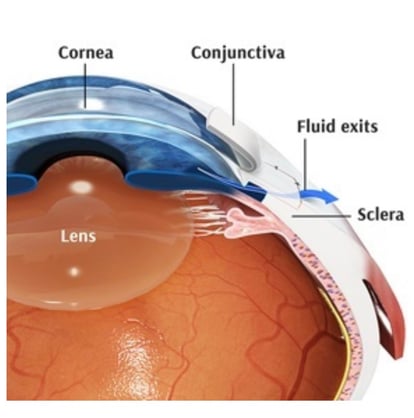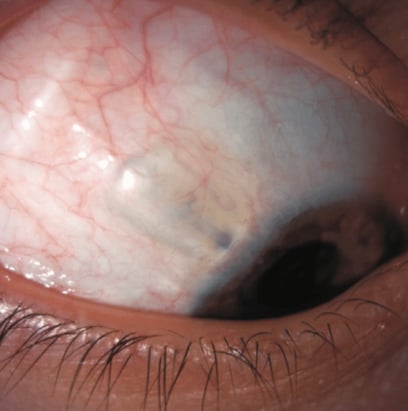Trabeculectomy
Trabeculectomy is a surgical procedure primarily used to treat glaucoma by lowering intraocular pressure (IOP) in the eye. Glaucoma is a group of eye conditions that can lead to damage of the optic nerve, often due to increased IOP. The purpose of trabeculectomy is to create a new drainage pathway for the aqueous humor (the fluid in the eye) to leave the eye, thereby reducing pressure and preventing further optic nerve damage.


How Trabeculectomy Works:
Creation of a Drainage Channel: During trabeculectomy, the surgeon creates a small flap in the sclera (the white part of the eye). Beneath this flap, a small hole is made, allowing fluid to drain from inside the eye to the space beneath the conjunctiva (the thin membrane covering the sclera).
Formation of a Filtering Bleb: The fluid forms a small, blister-like reservoir called a bleb under the conjunctiva. The fluid in the bleb is then slowly absorbed into the surrounding tissues, lowering the IOP.
Indications for Trabeculectomy:
It is often recommended for patients with glaucoma who haven't responded well to other treatments like medications or laser surgery.
Most commonly used in open-angle glaucoma, but it can also be used in angle-closure glaucoma in certain cases.
Benefits:
Significantly reduces eye pressure and can help prevent further vision loss.
Effective in controlling glaucoma when medications and less invasive treatments have failed.
Risks and Complications:
Infection: Infection in the eye (endophthalmitis) or in the bleb (blebitis) can occur.
Hypotony: Excessively low IOP can cause other complications.
Cataract Formation: Some patients may develop cataracts more rapidly after surgery.
Failure of the bleb: Scarring may cause the bleb to fail, which can prevent fluid drainage and result in the need for further surgery.
Trabeculectomy is generally a last-resort treatment for glaucoma and is very effective when performed successfully.




